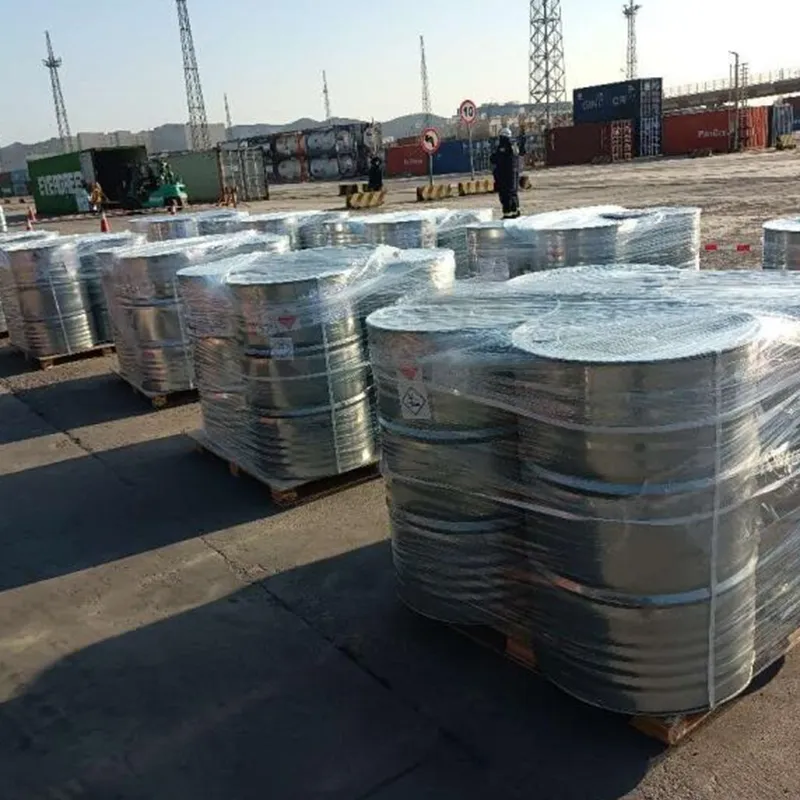
Phosphorus-Enhanced Fertilizers for Optimal Plant Growth and Soil Health Improvement
The Importance of Phosphorus-Rich Fertilizers in Agriculture
Phosphorus is one of the essential nutrients required for plant growth and development, alongside nitrogen and potassium. It plays a vital role in various physiological processes, including photosynthesis, energy transfer, and the synthesis of nucleic acids. As a result, phosphorus-rich fertilizers have become crucial in modern agriculture, helping to enhance crop yield, improve soil fertility, and promote sustainable farming practices.
Understanding Phosphorus and Its Role in Plants
Phosphorus is involved in numerous key functions within plants. It is a component of ATP (adenosine triphosphate), the energy currency of cells, which is essential for energy transfer during photosynthesis. Additionally, phosphorus contributes to root development and helps plants withstand stress conditions, such as drought and disease. It also plays a role in seed formation and maturation, impacting overall crop productivity.
In nature, phosphorus exists primarily in the form of phosphate ions, which plants absorb through their root systems. However, soil phosphorus can become unavailable due to various factors such as pH levels, soil type, and microbial activity. This is where phosphorus-rich fertilizers come into play, providing a readily available source of phosphorus to enhance plant growth.
Types of Phosphorus-Rich Fertilizers
There are two main types of phosphorus-rich fertilizers inorganic and organic fertilizers.
1. Inorganic Phosphorus Fertilizers These are synthetic fertilizers that contain high concentrations of phosphorus. Common examples include superphosphate, triple superphosphate, and monoammonium phosphate (MAP). They are manufactured through chemical processes and are highly effective in supplying phosphorus to plants. Due to their ability to dissolve easily in water, inorganic fertilizers can be rapidly absorbed by plant roots, leading to quick results in plant growth.
2. Organic Phosphorus Fertilizers These are derived from natural sources, such as animal manures, bone meal, and compost. While they generally contain lower concentrations of phosphorus compared to inorganic fertilizers, they contribute to improving soil health by enhancing microbial activity and soil structure. Organic fertilizers release phosphorus slowly over time, leading to a more sustained nutrient supply for plants.
Benefits of Using Phosphorus-Rich Fertilizers
phosphorus rich fertilizer

The application of phosphorus-rich fertilizers brings numerous benefits to agricultural production
- Increased Crop Yields By ensuring that plants receive adequate phosphorus, farmers can significantly boost crop yields. This is especially important in regions with phosphorus-deficient soils, where the application of these fertilizers can lead to substantial improvements in productivity.
- Enhanced Soil Fertility Phosphorus-rich fertilizers improve soil fertility by replenishing phosphorus levels that may have been depleted through continuous cropping. This is essential for maintaining balanced soil nutrition, supporting not just current crops but also future planting.
- Improved Plant Health A sufficient supply of phosphorus enhances plant resilience against environmental stresses. Healthier plants are better equipped to fend off diseases and pests, reducing the need for chemical pesticides and fostering a more sustainable agricultural practice.
Challenges and Considerations
Despite the advantages of phosphorus-rich fertilizers, there are challenges associated with their use. Over-application can lead to nutrient runoff, contributing to environmental issues such as water pollution and algal blooms in aquatic ecosystems. Therefore, it is vital for farmers to follow best management practices, which include soil testing to determine nutrient needs, adhering to recommended application rates, and considering the timing of fertilizer application to maximize efficiency.
Additionally, the sourcing of phosphorus can be a concern. Much of the world's phosphorus supply comes from mining phosphate rock, and as these reserves dwindle, the sustainability of phosphorus use in agriculture must be carefully considered. This highlights the need for alternative strategies, such as phosphorus recycling, cover cropping to enhance soil phosphorus availability, and the development of phosphorus-efficient crop varieties.
Conclusion
Phosphorus-rich fertilizers play an indispensable role in modern agriculture, contributing to increased crop yields, improved soil fertility, and enhanced plant health. However, it is essential for farmers and agronomists to use these fertilizers responsibly, considering both agricultural productivity and environmental sustainability. By balancing the benefits and challenges, the agricultural sector can continue to thrive while minimizing its ecological footprint, ensuring food security for future generations.
-
Understanding Synthetic Rubber OptionsNewsApr.27,2025
-
Trichloroisocyanuric Acid: Essential for Clean and Safe WaterNewsApr.27,2025
-
Sodium Dichloroisocyanurate: Key to Safe Water TreatmentNewsApr.27,2025
-
Sodium Acid Pyrophosphate: Essential in Modern Food ProcessingNewsApr.27,2025
-
Essential Water Treatment ChemicalsNewsApr.27,2025
-
Denatured Alcohol and Its Industrial UsesNewsApr.27,2025
-
The Versatile Uses of Sodium BicarbonateNewsApr.24,2025
Hebei Tenger Chemical Technology Co., Ltd. focuses on the chemical industry and is committed to the export service of chemical raw materials.
-

view more DiethanolisopropanolamineIn the ever-growing field of chemical solutions, diethanolisopropanolamine (DEIPA) stands out as a versatile and important compound. Due to its unique chemical structure and properties, DEIPA is of interest to various industries including construction, personal care, and agriculture. -

view more TriisopropanolamineTriisopropanolamine (TIPA) alkanol amine substance, is a kind of alcohol amine compound with amino and alcohol hydroxyl, and because of its molecules contains both amino and hydroxyl. -

view more Tetramethyl Thiuram DisulfideTetramethyl thiuram disulfide, also known as TMTD, is a white to light-yellow powder with a distinct sulfur-like odor. It is soluble in organic solvents such as benzene, acetone, and ethyl acetate, making it highly versatile for use in different formulations. TMTD is known for its excellent vulcanization acceleration properties, which makes it a key ingredient in the production of rubber products. Additionally, it acts as an effective fungicide and bactericide, making it valuable in agricultural applications. Its high purity and stability ensure consistent performance, making it a preferred choice for manufacturers across various industries.











